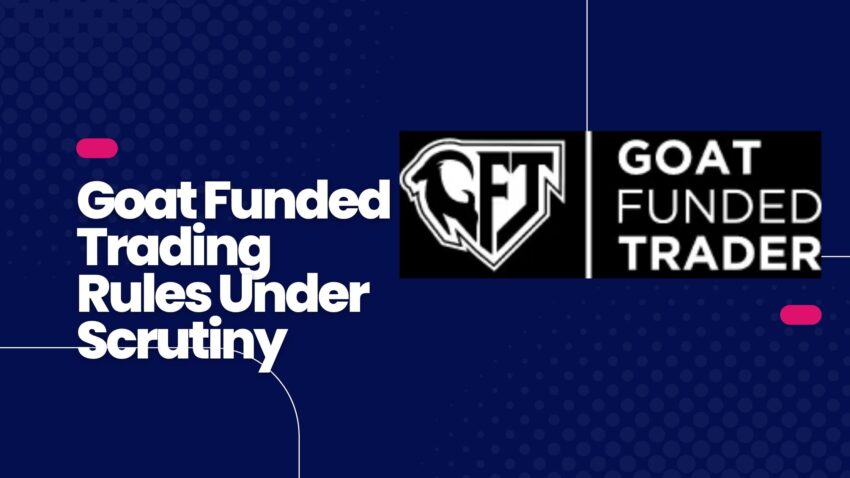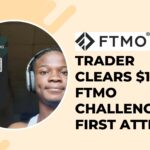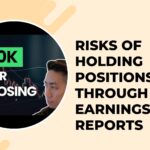In a recent informational breakdown shared via a trading education platform, a retail investor and trading content creator provided an in-depth overview of the rules and prohibited practices associated with the proprietary trading firm, Goat Funded Trader. The video is part of an ongoing series analyzing the terms, conditions, and hidden nuances of popular proprietary (prop) trading platforms.
The segment, framed as a public service for aspiring prop traders, sheds light on why understanding a firm’s FAQ and general Terms & Conditions is non-negotiable before account purchase. “Many traders don’t read the fine print,” the investor explained. “They dive in and make aggressive trades, only to lose their account almost instantly.”
Focus on Prohibited Practices
The video specifically zooms in on the prohibited trading practices outlined by Gold Funded Trader. Among the flagged behaviors are:
- Exploitation of Pricing Errors or Latency: Attempting to profit from platform glitches or broker price lags is considered a violation.
- Insider Information Use: Trading on nonpublic or confidential information is strictly forbidden.
- Broker Relationship Disruption: Any strategy that might jeopardize the firm’s relationship with its liquidity providers is a red flag.
- Regulatory Breaches: Trades that could raise compliance issues in restricted jurisdictions are not tolerated.
- “All or Nothing” Trading: Placing trades that could wipe out the account in one move is also grounds for account termination.
These policies are standard for most high-integrity prop firms, but Gold Funded Trader goes a step further by explicitly banning hedging between accounts (even among different traders), copy trading, and duplicated trade ideas across evaluations.
High-Risk Trading and EA Use Discouraged
The firm adopts a conservative stance toward automated trading systems and high-frequency approaches. Third-party Expert Advisors (EAs) or off-the-shelf strategies—especially those marketed to pass evaluations—are viewed with skepticism.
Traders are warned that they may be asked to submit the source code of their EA to verify originality. The message is clear: “If you didn’t code it, don’t use it.”
The video presenter, who is currently trading across several funded accounts (including Marvin and Gold Funded), advised that platforms like Marvin are more accommodating of higher-risk strategies. Gold Funded, on the other hand, enforces tighter scrutiny, especially for traders who display gambling-style behaviors—such as opening five positions in a losing trade or stacking entries excessively.
Trade Management Rules: One Account, One Idea
Perhaps one of the most critical takeaways is the emphasis on non-duplication. Traders must manage each evaluation account independently. Whether trades are placed manually or copied from a master account, duplication is grounds for disqualification.
“Let’s say you have a buy setup on one account,” the trader explained, “you cannot mirror that exact idea across all accounts. If it fails in one, use the next opportunity on the next account—don’t recycle entries.”
Post-evaluation, however, traders may choose to merge multiple funded accounts or manage them separately depending on their strategy.
Simulated Environment Abuse: A Warning
Traders who consistently place high-volume trades without clear rationale may face platform action. According to the firm, behavior that lacks structured market analysis and risk management violates the spirit of the simulated environment. This includes temporary trade restrictions, shadow-banning on servers, or outright account closures.
“This is one of the reasons I don’t apply aggressive strategies on Gold Funded,” the video creator admitted. “If I’m risking 2.4% or 3.2%, I ensure it aligns with my daily drawdown. And I always clarify rules directly with support before making those trades.”
Conclusion and Caution to Traders
The video wrapped with a call to action: read the FAQs, know your limits, and understand the firm’s specific rules before committing funds.
“Most complaints about ‘scam’ prop firms come from traders who didn’t read the terms. No one is forcing you to buy an account. You need to align your strategy with their expectations.”
The presenter confirmed that he would continue to publish similar breakdowns in future videos to demystify the often overlooked rules of prop trading platforms.
For traders navigating the increasingly complex world of proprietary firms, this serves as a timely reminder: knowledge of the rules isn’t optional—it’s survival.




